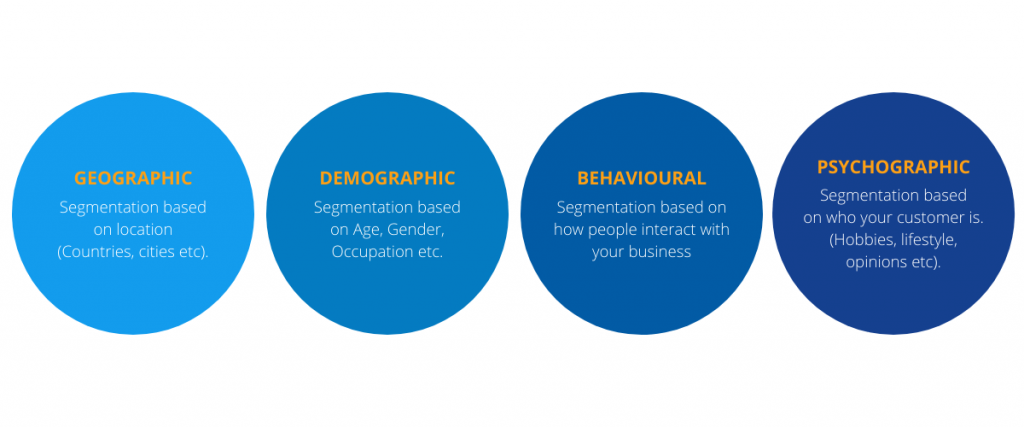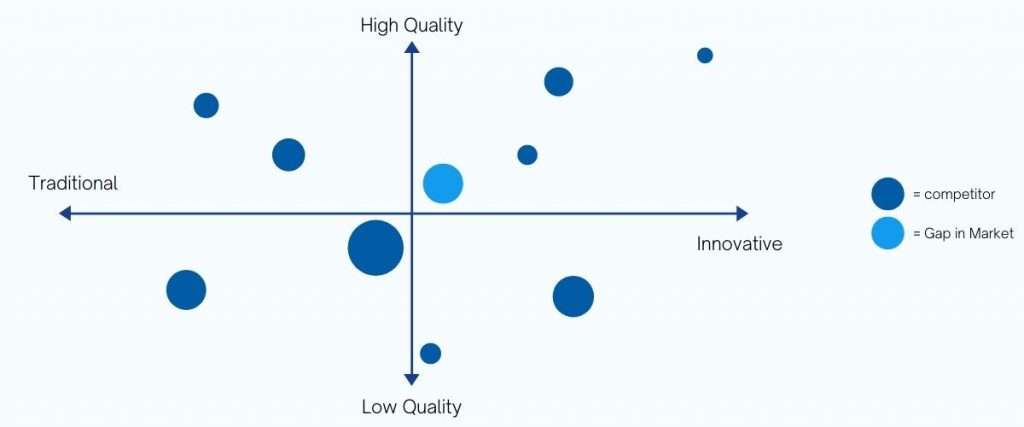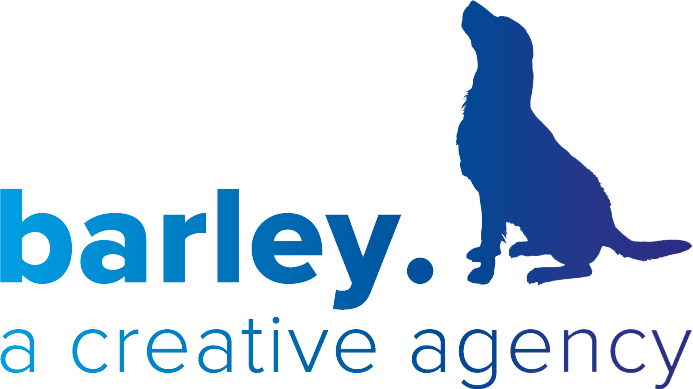Having a clearly defined target market is key to your marketing success. With no defined audience, who are you really promoting to, and how can you tailor content towards them? Utilising the STP model (segmentation, targeting and positioning) learn how to quickly and effectively define audience segments, select the right ones,
and position yourselves in the market!
Segmentation
You need to begin with defining different target market segments, building up profiles of different types of consumers. There are different ways you can segment your audience, here are the main 4:
Geographic – Define by physical location such as country, county, city, postcode etc.
Demographic – Based on criteria such as age, gender, occupation etc.
Behavioural – Define consumer segments based on how they interact with and feel about your business.
Psychographic – Segmentation factors such as hobbies, lifestyle, religious beliefs etc.

Targeting
Once you have defined several different consumer segments, you’ll nee to choose which of these you wish to target. But what factors effect which ones you should choose?
Reachability – How easily can you access each consumer segment. Will they require a lot of marketing efforts for a small return. Consider how much a cost conversion may be for each segment.
Size – How big are the segments. If they are too small, you can limit your options, and too big, the segment audience may be too generic. Adjust your segmentation factors until you have a sensible potential audience size.
Profitability – How likely is it that the segment will spend? Do they have a large or small disposable income?
Assess your segments against these factors and then decide which one(s) you think make the most sense to target!
Positioning
Now you have defined and selected your target market, you need to decide upon a positioning strategy. Where will your brand sit in the market and how will it differ from competitors. Making use of a simple positiong chart like the below can help you decide where the current brands sit within the market and highlight potential gaps to be exploited.

Once you’ve decided where you wish to sit in the market you can begin to develop a marketing and product strategy that helps you cement your brand position and attract the consumers from your new target market!
Want some help defining your target market? Contact us

